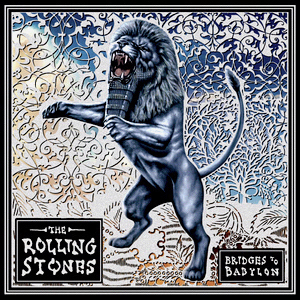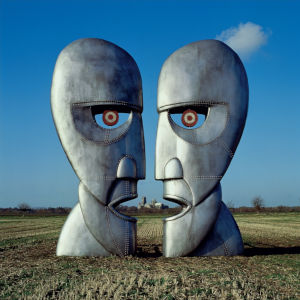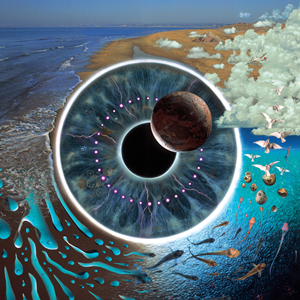 Still one of the hardest working men in the business, Jack Grace’s latest album confirms his deserved title as reigning Martini Cowboy. Drinking Songs For Lovers was quietly released last year, as might be expected for an indie release, but was immediately hailed by legendary New York City deejay Vin Scelsa for its excellence. Not bad for a year full of sensory overload.
Still one of the hardest working men in the business, Jack Grace’s latest album confirms his deserved title as reigning Martini Cowboy. Drinking Songs For Lovers was quietly released last year, as might be expected for an indie release, but was immediately hailed by legendary New York City deejay Vin Scelsa for its excellence. Not bad for a year full of sensory overload.The production is crisp and the musicianship is tight, from Jack’s multitude of guitars to Daria’s bass; she even gets to do a smooth lead vocal on “Drank Yourself Into A Corner”. The Broken Mariachi Horns (so-billed) build on the Tex-Mex flavor of his last album, particularly on “So Ugly” and “Haven’t Had A Birthday”, and even provide a soulful Stax feel on “True Tonight”. (You want legends? How about John Sebastian and Earl Poole Ball, both on this album?)
As the title would suggest, the songs continue the tradition of country songs about drinking, but without ever sounding redundant. Music is supposed to be fun, so the many songs about overindulgence provide clever wordplay designed to incite whoops and hollers. And it’s amazing that nobody else—country, Western or otherwise—has attempted to write a song about “The Worst Truck Driver”. (At the risk of spoiling it, here’s the best line: “Your stuff would get there faster if you left it on the street.”)
But despite the fun and games, reality hits on the last track, a sentimental tribute the sadly departed Drew Glackin, whose pedal steel can be heard just as the album ends. The sentiment is heartfelt, and the message is universal.
You need a sense of humor to enjoy Drinking Songs For Lovers, so if the lyrics bug you, concentrate on the music instead. That said, the cover is a scream.
Jack Grace Band Drinking Songs For Lovers (2010)—3

.png)










